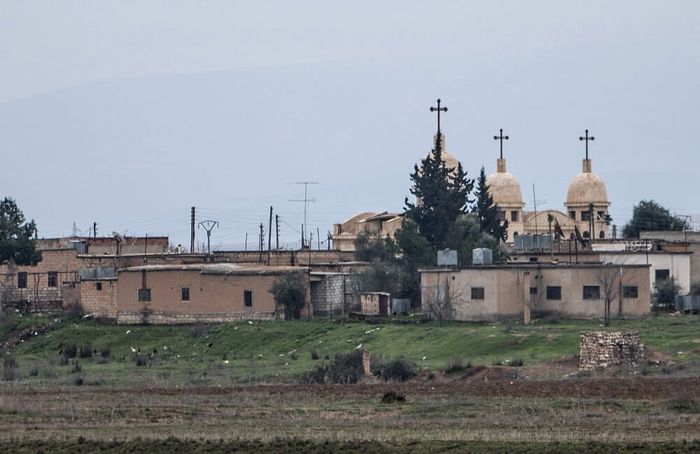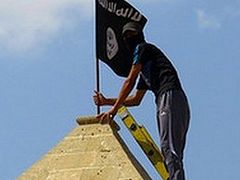Source: The Christian Post
March 15, 2016
French and Syrian archaeologists have collaborated to have some of Syria's most revered historical sites uploaded online as 3D images after the country's history has been threatened by the Islamic State terror group.
The project, known as the Million Images Database, is the result of collaboration between the French imaging company Iconem and the Syrian Directorate General of Antiquities and Museums (DGAM).
Along with 3D replicas of famous historical sites, such as the Umayyad Mosque in Damascus and the famous Arch of Triumph in Palmyra, archaeologists will also be sharing important artifacts and museum treasures online as a way of preserving Syria's history.
Maamoun Abdulkarim, who is overseeing the digitization project, told the AFP that the goal of the imaging is to provide a solution to "the dramatic situation in our country" as it continues to suffer destruction at the hands of the Islamic State.
Abdulkarim added that historians are trying to "avoid an irreplacable loss to humanity" despite the continued annihilation of historic sites.
"This solution gives our archaeological sites a real hope of renaissance and allows the memory of them to be preserved, no matter what happens," he said.
The push to digitize Syria's rich history comes after the Islamic State terror group began destroying archaeological sites last year.
One of the most egregious offenses by the Islamic State happened when the terrorist group "blew up" the famous Arch of Triumph, located in the ancient city of Palmyra, in October 2015.
Abdulkarim, who also oversees the country's antiquities unit, told Reuters at the time that Syria's history is doomed if the Islamic State continues to assault its ancient cities.
"If the city remains in their hands the city is doomed. It is now wanton destruction," the antiquities expert said, adding that "their acts of vengeance are no longer ideologically driven because they are now blowing up buildings with no religious meaning."
Mohammad Hassan al-Homsi, an activist for the ancient city, told BBC that the terrorist group had effectively "pulverized" the structure.
"The Arch of Triumph was pulverised. IS has destroyed it," al-Homsi said at the time.
The terrorist group, which views such historic structures as idolatrous, received criticism from the United Nations after it destroyed the arch, along with temples from the UNESCO World Heritage Site in Palmyra.
"This new destruction shows how terrified by history and culture the extremists are, because understanding the past undermines and delegitimizes the pretexts they use to justify these crimes and exposes them as expressions of pure hatred and ignorance," UNESCO said in a statement, noting that the Islamic State militants should be tried for war crimes.
The terrorist group has also targeted cultural sites in nearby Iraq, destroying the country's oldest Christian monastery in January 2016.
The Rev. Paul Thabit Habib, who has relocated to Irbil, Iraq, said earlier this year that the terrorist group's systematic destruction of Christian sites proves its desire to wipe Christianity from the Middle East.
"I can't describe my sadness," he told the Associated Press. "Our Christian history in Mosul is being barbarically leveled. We see it as an attempt to expel us from Iraq, eliminating and finishing our existence in this land."




